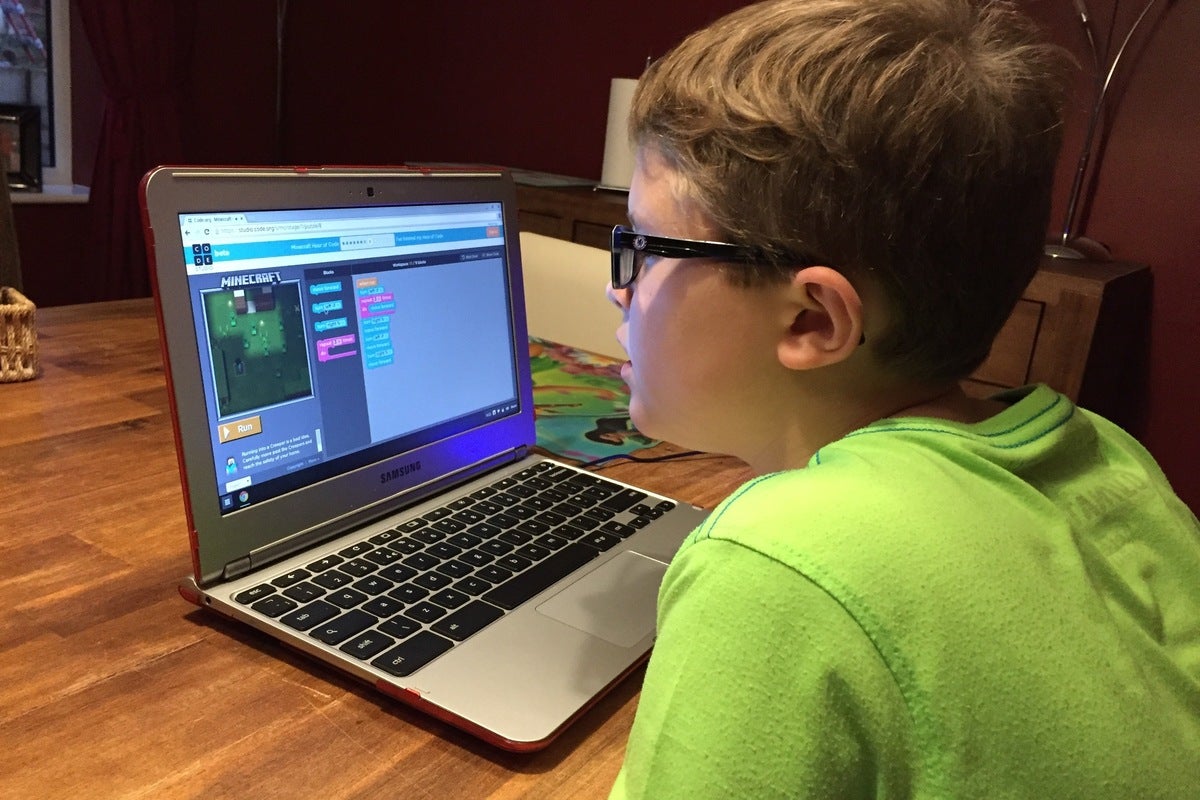
[ad_1]

Is a cheap Chromebook good enough for distance learning? That’s a question many families are facing as school begins and they frantically buy supplies—including, in some cases, new laptops.
If parents have weighed Windows laptops vs Chromebooks, one of the appeals of the latter is cost, especially if they have to buy several. But some of the cheapest Chromebooks we’ve seen come with some big caveats. We’ll go over the key factors to consider before you buy. Our recommendations below are new, nicely designed and affordable models you won’t regret.
Check the Auto Update Expiration
The first thing you should do when considering any Chromebook, especially one that’s enticingly cheap, is to check it against Google’s Auto Update Expiration list. While Microsoft supports Windows PCs for a long time, Google sets a limit—currently five years from the product’s original ship date for most consumer models, though some (especially education and enterprise models) get a few years more.
When a Chromebook goes off support, Google won’t upgrade the Chromebook ChromeOS any further, which means no new features and no security patches. If you buy an older Chromebook, it’s already a few years closer to its expiration than a brand-new model would be.
My son spent most of last school year doing schoolwork on an original Chromebook Pixel from 2013, which was way out of date, with no problems whatsoever—but there are no guarantees. We’re surprised this Acer Chromebook C720 on Amazon is such a hot seller, given that Google expired it in June 2019.
Display quality: Resolution and brightness
A classic feature of cheaper Chromebooks is a lower-quality display. Whether you’re young or old, looking at a small, low-res screen for hours at a time can be fatiguing at best and detrimental at worst. That’s why you should buy a Chromebook with a Full HD (1920×1080) display if at all possible. An HD (1366×768) screen—often found on the cheapest Chromebooks—can be tolerated on smaller 11.6-inch displays, but we don’t recommend it.
The displays on cheaper Chromebooks can also be on the dim side. They may suffice for indoor use, but outdoor light will wash out the screen. If you can find a brightness spec, look for something 250 nits or higher.
Memory matters more than storage
While Chromebooks can store data locally, the vast majority of schoolwork is performed online. To my knowledge, neither of my children have ever saved something on to a Chromebook directly, so the size of the onboard storage rarely matters. PC enthusiasts may also prefer faster SSDs over an eMMC flash drive—but for a Chromebook? It really makes no difference, and you shouldn’t even really pay attention to how much storage a Chromebook has if your work is mostly or always done online.
[ad_2]
Source link